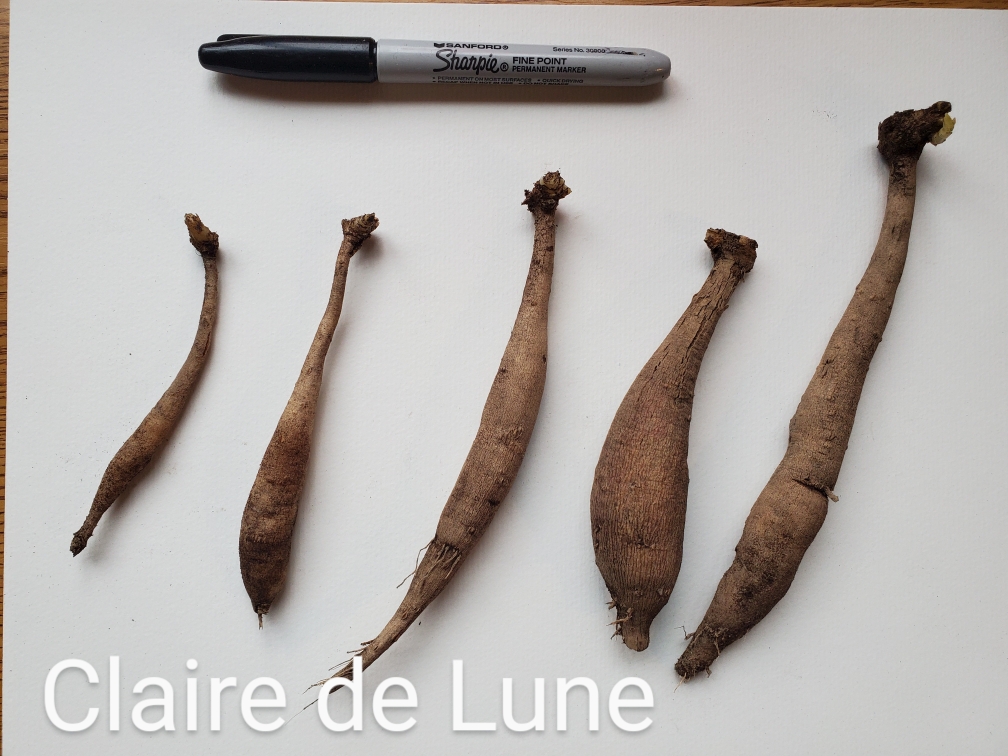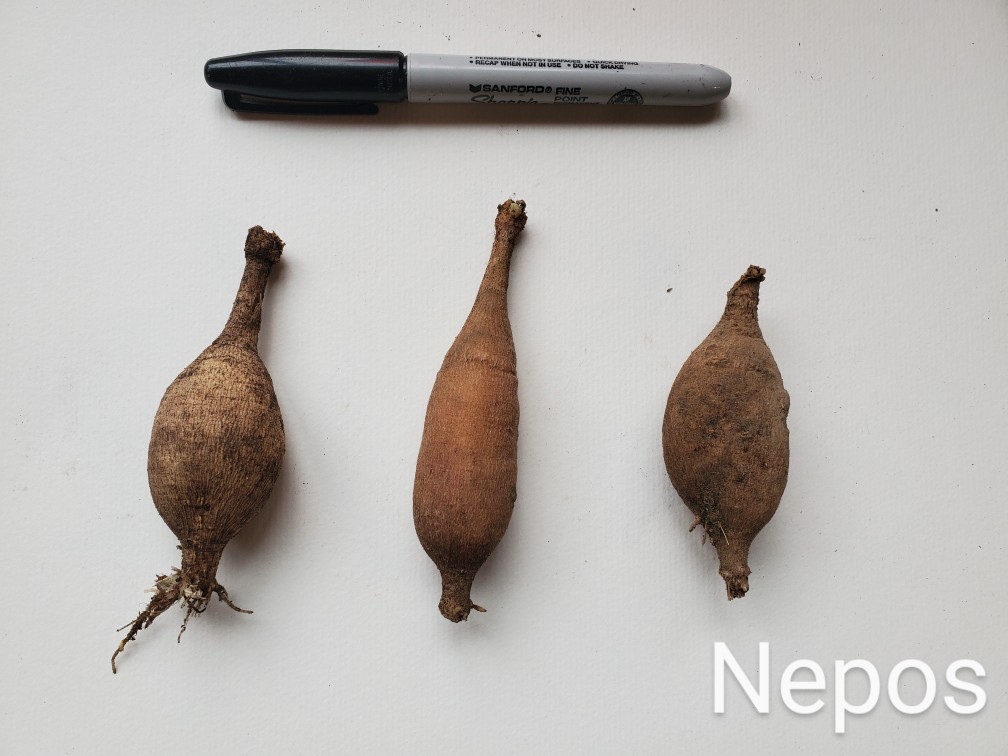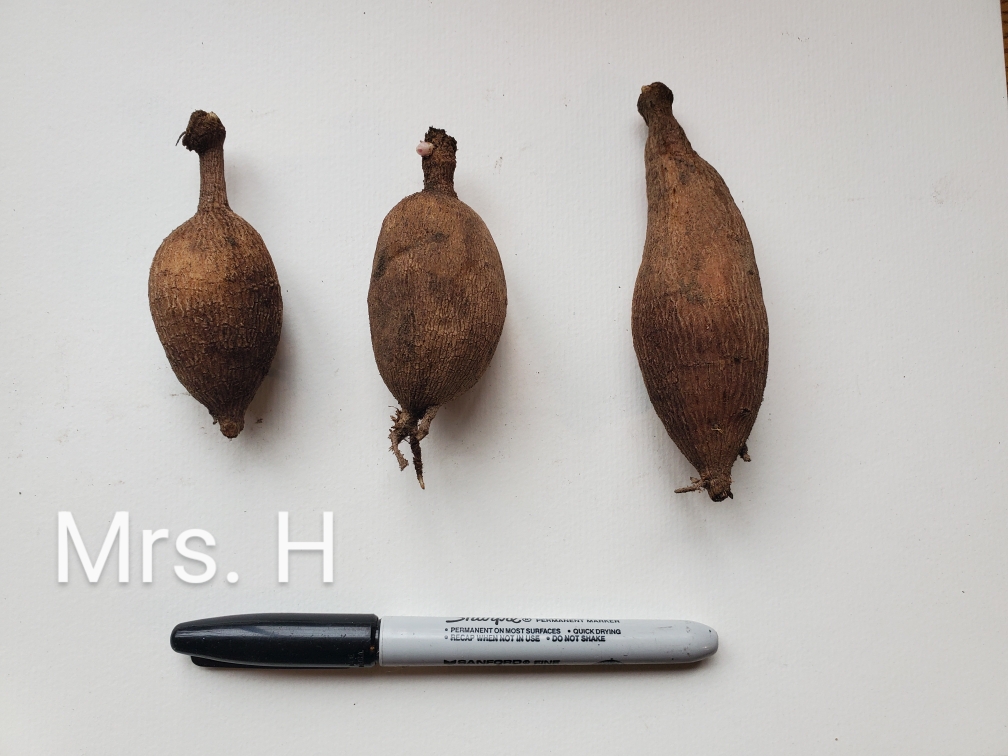Warmer, colder, wetter, drier – weird weather seems to have been the norm this winter. Of course heirloom plants have survived by taking strange weather in stride, but here’s how it may affect your plants this spring.
WARMER? Mild winters allow the eggs of iris borers and spores of fungal diseases to over-winter more successfully, so it’s especially important to remove all of last year’s peony foliage and clean up around your iris before temperatures warm any further. If you mulched your peonies with straw or leaves last fall, loosen the mulch now and make sure it’s not starting to mold.
NO SNOW? Like a down comforter, snow traps air which makes it a great insulator. If your winter was short on snow, your bulbs and newly planted perennials such as peonies may have gotten a lot colder than usual, which could result in dead or weakened plants this spring.
Snow also protects the soil from the freeze-thaw cycle that occurs when sunny days are followed by much colder nights. Freezing and thawing can break bulb roots and heave newly planted perennials out of the ground. Check now and re-set any plant that’s been heaved, putting a brick or rock on either side to anchor it. In colder zones you might even want to add a light straw mulch now to protect your plants through the last weeks of winter when the freeze-thaw cycle is often at its worst.
When snow melts, it recharges soil moisture which is especially important to the mad rush of spring growth. If snowfall was skimpy in your area, water your bulbs and perennials as soon as they emerge this spring instead of waiting till later on.
MORE RAIN? If your winter – or fall – was wetter than usual, that may lead to better bloom on your daffodils this spring, but it could be hard on other bulbs. The freeze-thaw cycle is most damaging in water-logged soils, and some bulbs such as crocosmia always do best in very well-drained winter soils. Soggy soils are never good for iris or peonies, so if water puddles around yours this spring, drain it away to avoid rot.
DROUGHT? Bulbs are built to conserve moisture during dry periods and often bounce back after a drought better than most plants, although it may take a while for them to recover completely. Some bulbs like tulips and hyacinths actually bloom better after a dry summer, but even they will suffer without good moisture through fall and winter.
No matter how weird your winter was, paying attention to how your plants respond will make you a better gardener. And try not to worry. Most of the time, most plants will be just fine – and on the bright side, dead plants give you more room for new ones!





















